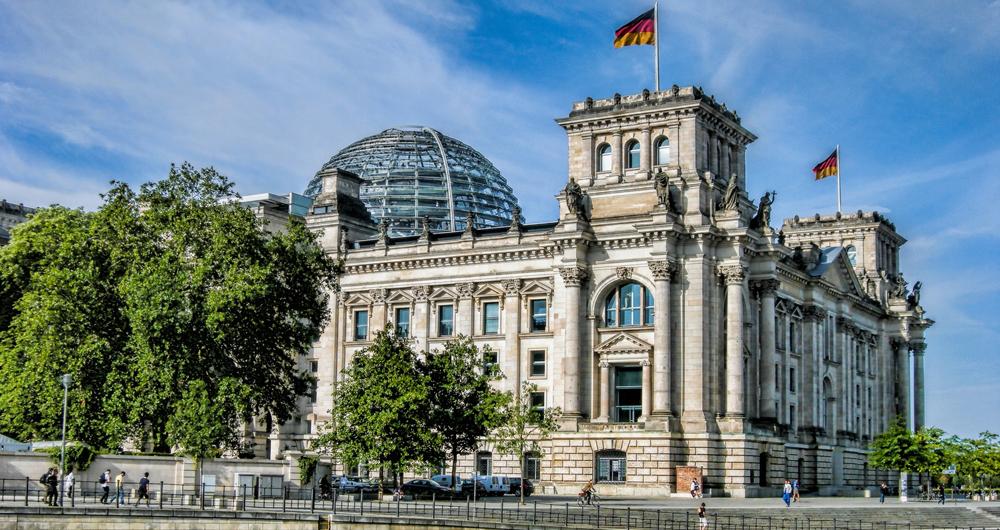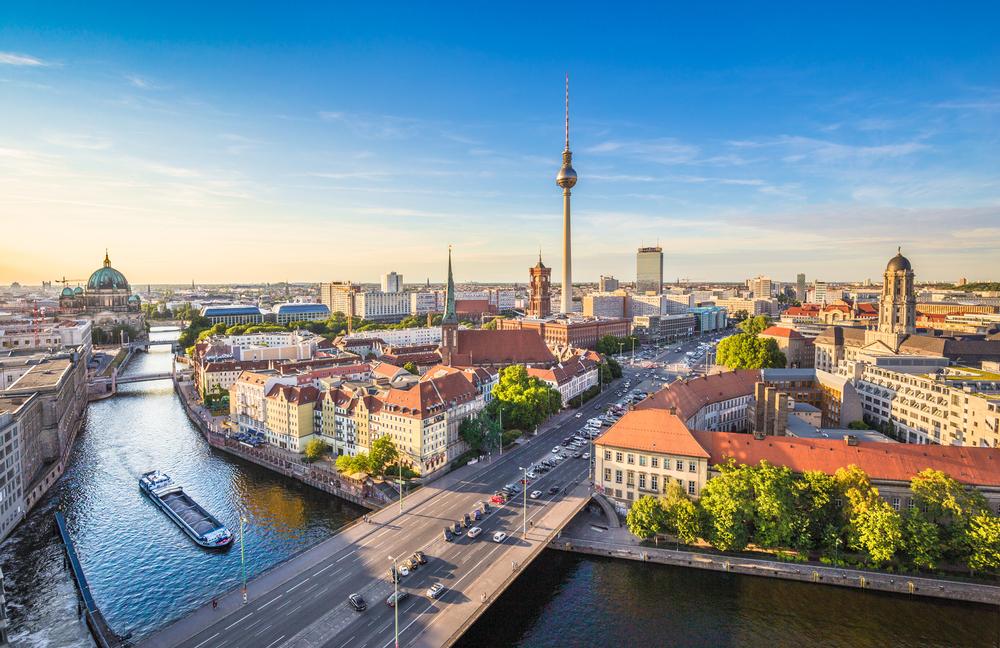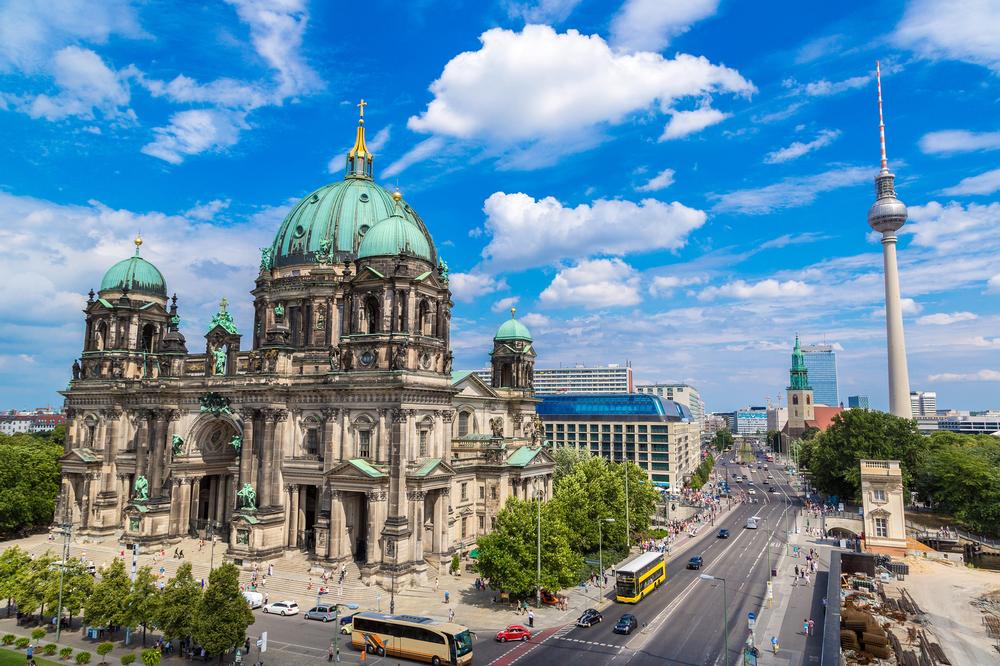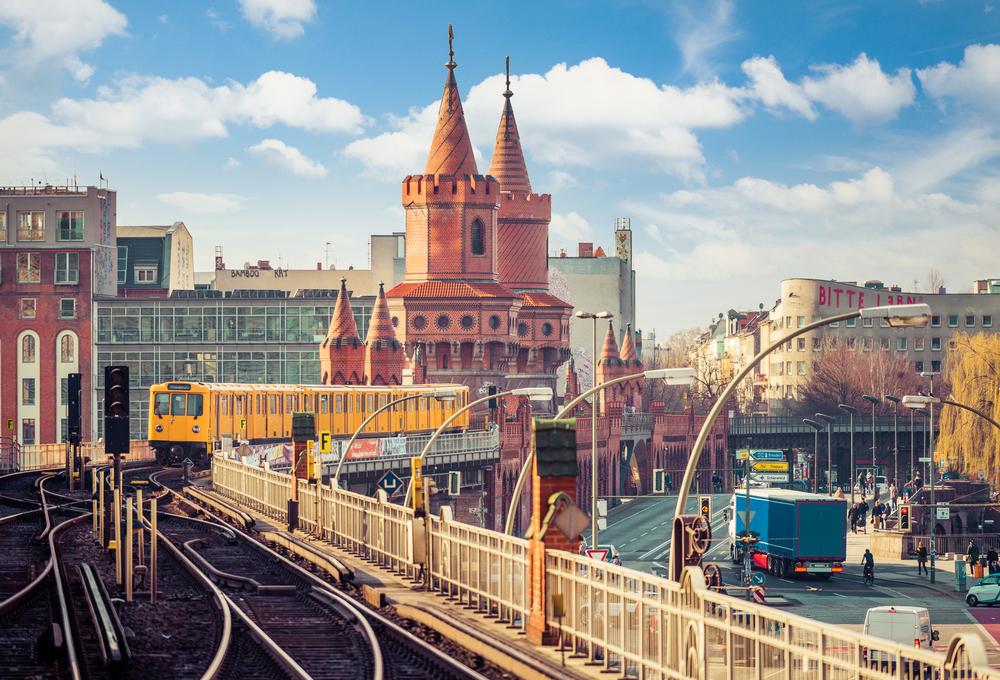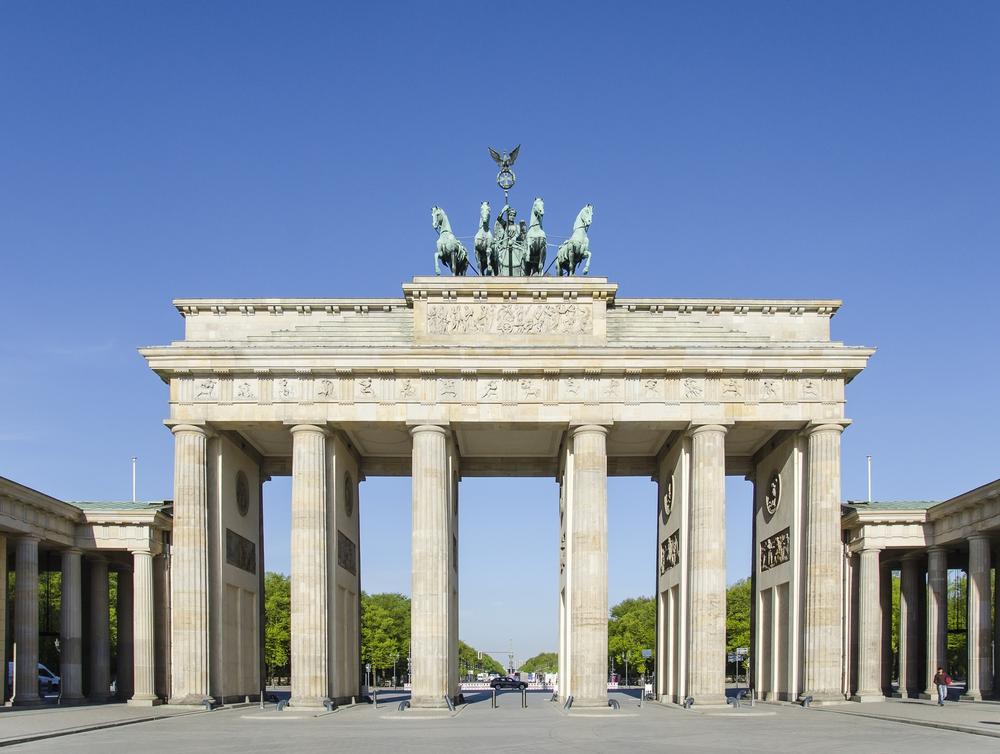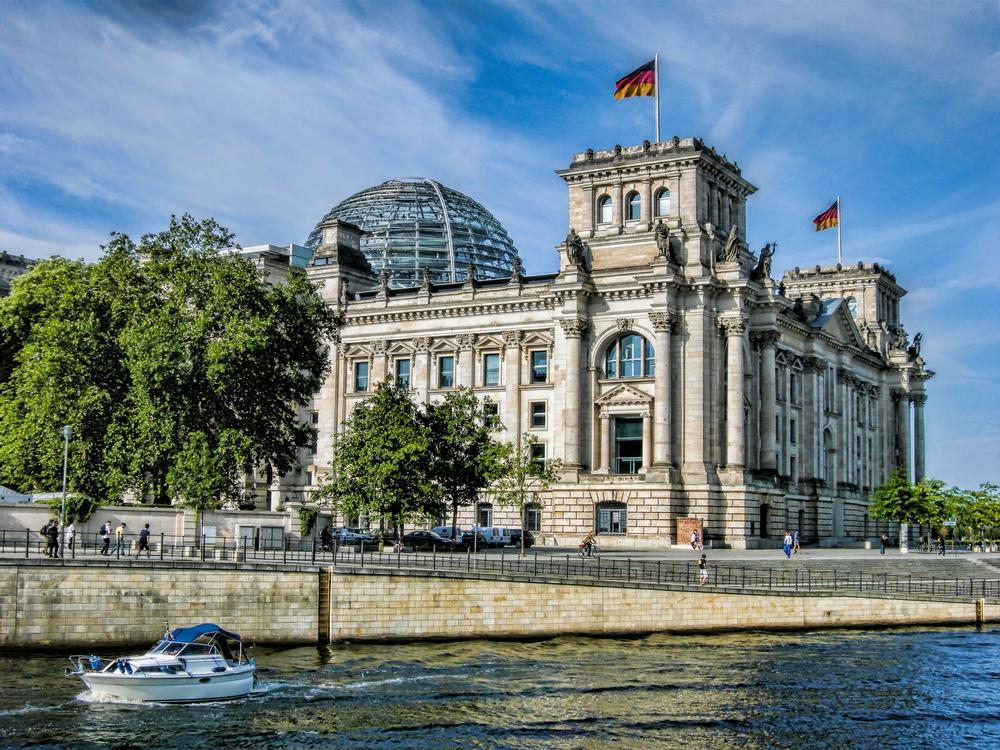Getting ready to explore Berlin’s history and hip neighborhoods? Here’s what to expect from Berlin’s weather so you’re dressed just right!
If you are in a hurry, I recommend:
Weather by Month:
📔 I get asked this a lot so I decided to include it:
-
When is the warmest time of year in Berlin?
- Berlin’s weather is at its warmest from May through September, and this is the best time to visit this interesting city.
-
Why is summer the most popular time to visit Berlin?
- This is the most popular time to visit Berlin because schools have breaks and families visit the city.
- Hotel rates are also higher, but summer means pleasant walks to attractions, sitting at outdoor cafés, and relaxing in parks.
-
Is September a good time to visit Berlin?
- There are often warm, sunny days in September and early October.
- This is also a good time to visit Berlin because the crowds have left and hotel rates go down.
-
How cold does Berlin get in winter?
- Winter can be extremely cold, but you will find the best hotel rates during this time of the year.
-
When can I experience Berlin’s biggest tourist events?
- If you’re looking to catch some of the biggest tourist events in Berlin, there’s no doubt that the best time to visit is between May through September.
- This is when most of the city’s big events take place, such as Fête de la Musique, the Formula E Championships, and the International Berlin Beer Festival.
-
When is the best time to enjoy outdoor activities in Berlin?
- For outdoor activities, the best time to visit Berlin is in April or September when the weather is temperate.
Plan Your Trip


